While muscle memory forged from hundreds of hours invested into Monster Hunter World will undoubtedly be a boon for anyone hopping straight into Monster Hunter Wilds, the latter is far more streamlined and seamless. Even more so than its stunning and dynamic biomes, Monster Hunter Wilds is defined by its accessibility with the Seikret alone rendering moment-to-moment gameplay remarkably fluid.
Monster Hunter Wilds is a bit on-rails regarding main campaign quests, especially because the Seikret is such a fundamental autopilot mount. Base camps are now interconnected with their respective zones, allowing players to head out onto hunts or ‘expeditions’ on their own sans loading screens, with tiny pop-up campsites established in predetermined locations. Pop-up camps are crucial on paper and yet the reality is that they are a hilarious diversion at best and a persistent nuisance at worst.
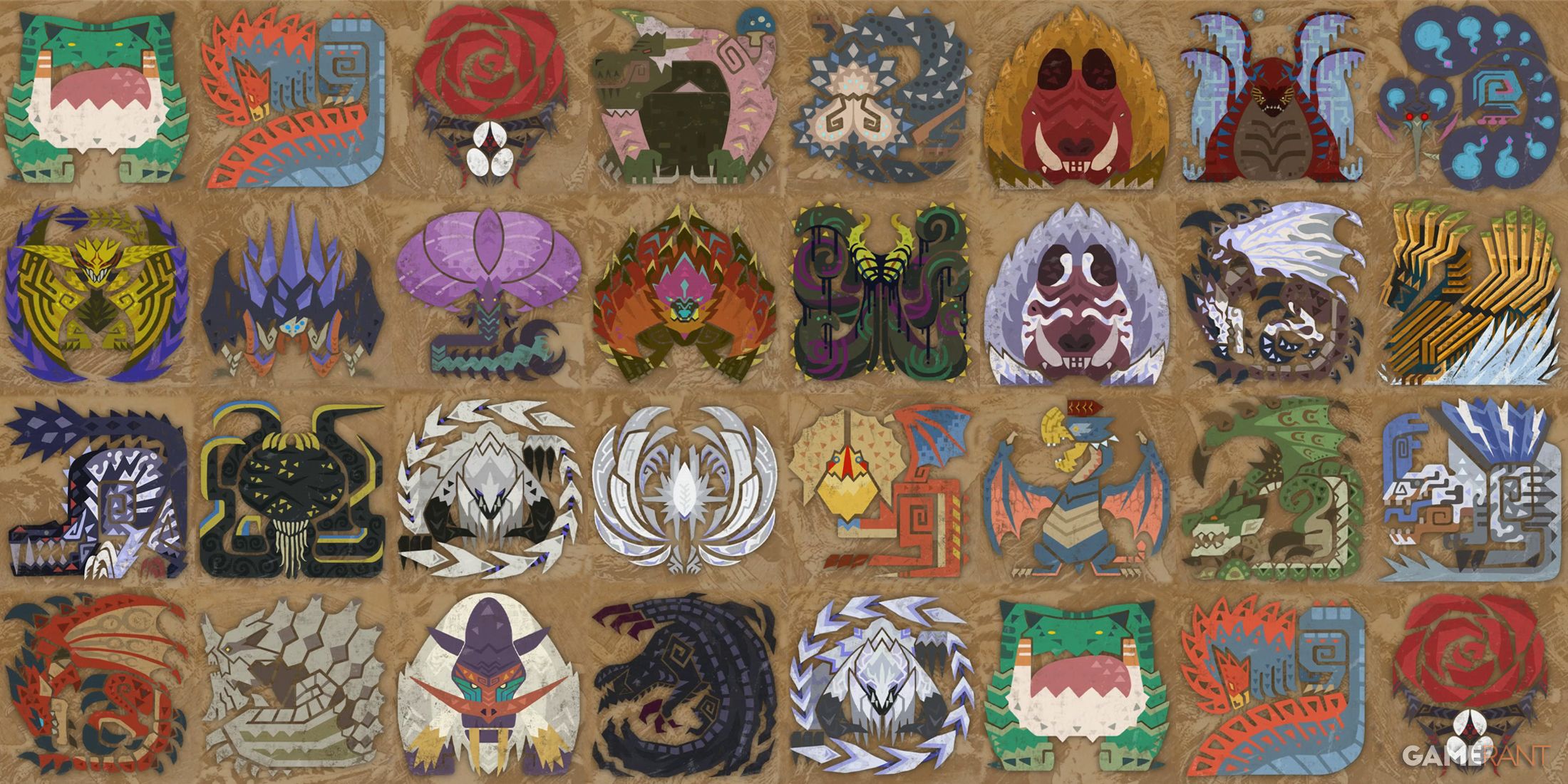
Related
Monster Hunter Wilds Complete Monster List (Locations, Resistances, and Weaknesses)
All of the monsters in Monster Hunter Wilds have their own strengths and weaknesses and many can be found in multiple locations.
Monster Hunter Wilds’ Pop-Up Camps are There for Comedic Effect
When choosing which pop-up camps to manifest, Wilds informs players whether or not they are in a safe area—the likelihood that it’ll be destroyed habitually, basically. Pop-ups can be erected regardless of how dangerous the locale is, but this warning is there to notify players of how much more unlikely it is that fast travel will be readily available when they desire it.
Fast travel, which would normally be a valuable tool in and of itself, is pared down significantly in favor of RNG and unsuspecting monster behavior when it comes to pop-ups. The charm of pop-ups, then, is that they are easily and often destroyed by monsters frequenting the surrounding locale. This would be infuriating if not for how ancillary and dismissible pop-ups can be, even if pop-ups are indeed another agreeable quality-of-life feature added onto Monster Hunter Wilds’ tall pile.
Pop-ups being trampled like clockwork whenever they’ve recently been repaired makes for hilarious text alerts players will randomly receive as Rompopolo routinely raze their customizable, self-sustaining tents in the Oilwell Basin, for instance.
Pop-up camps automatically repair over time, meaning that one being demolished every now and then is of zero legitimate consequence. Moreover, there’s no urgency to repair one manually with research points unless players are desperate to fast travel rather than simply having their Seikret whisk them to their destination, which is ideal in nearly every scenario as players are also free to loot environments during the journey.
If players are quick enough they can endeavor to save their pop-up when the initial text prompt warning appears before a monster has a chance to destroy it. For example, the Windward Plains’ southwestern Area 13 Oasis contains a gorgeous, remote pond that a pop-up incessantly harassed by Chatacabra can be fabricated at.
This leads to a quest being initiated spontaneously, though it would be in players’ best interests to lead the pesky perpetrator away from the pop-up as vulnerable campsites can still be flattened in the ensuing battle and become a collateral casualty after all. However, as pop-ups are repaired automatically or for hardly any research points, stepping in between a tent and a monster is never necessary.
Monster Hunter Wilds’ Pop-Up Camps Go a Long Way in Representing a Shared Ecosystem
Monster Hunter Wilds’ Seikret arguably renders pop-up camps superfluous when it races speedily toward waypoints without players needing to intervene or commandeer their furry, unwieldy vehicle. The Seikret is absolutely vital in traversing Wilds’ vast biomes anyhow and gives players the option to swap between a primary and secondary weapon as well as perform paramount dismount attacks once they’ve finally reached a hunt’s target monster.
So, spending about half a minute more astride the Seikret instead of fast-traveling —depending on just how far players intend to go in a segmented zone map—is highly encouraged.
Pop-up camps being constantly in need of repair is phenomenal for Monster Hunter Wilds’ seamless immersion between each zone’s base camp, NPCs representing diverse tribes, and all of the small or large monsters players tackle. It’s exhilarating knowing that scattered campsites are no longer all safe as they were in Monster Hunter World or its Iceborne expansion, and the lack of some pop-ups’ assured security is a creative way to demonstrate the impact monsters have on their environs with it directly affecting players. It’s also brilliant as it slightly disincentivizes or lessens the ubiquitousness of fast travel if players can’t reliably hitch a ride on a wingdrake at a moment’s notice.


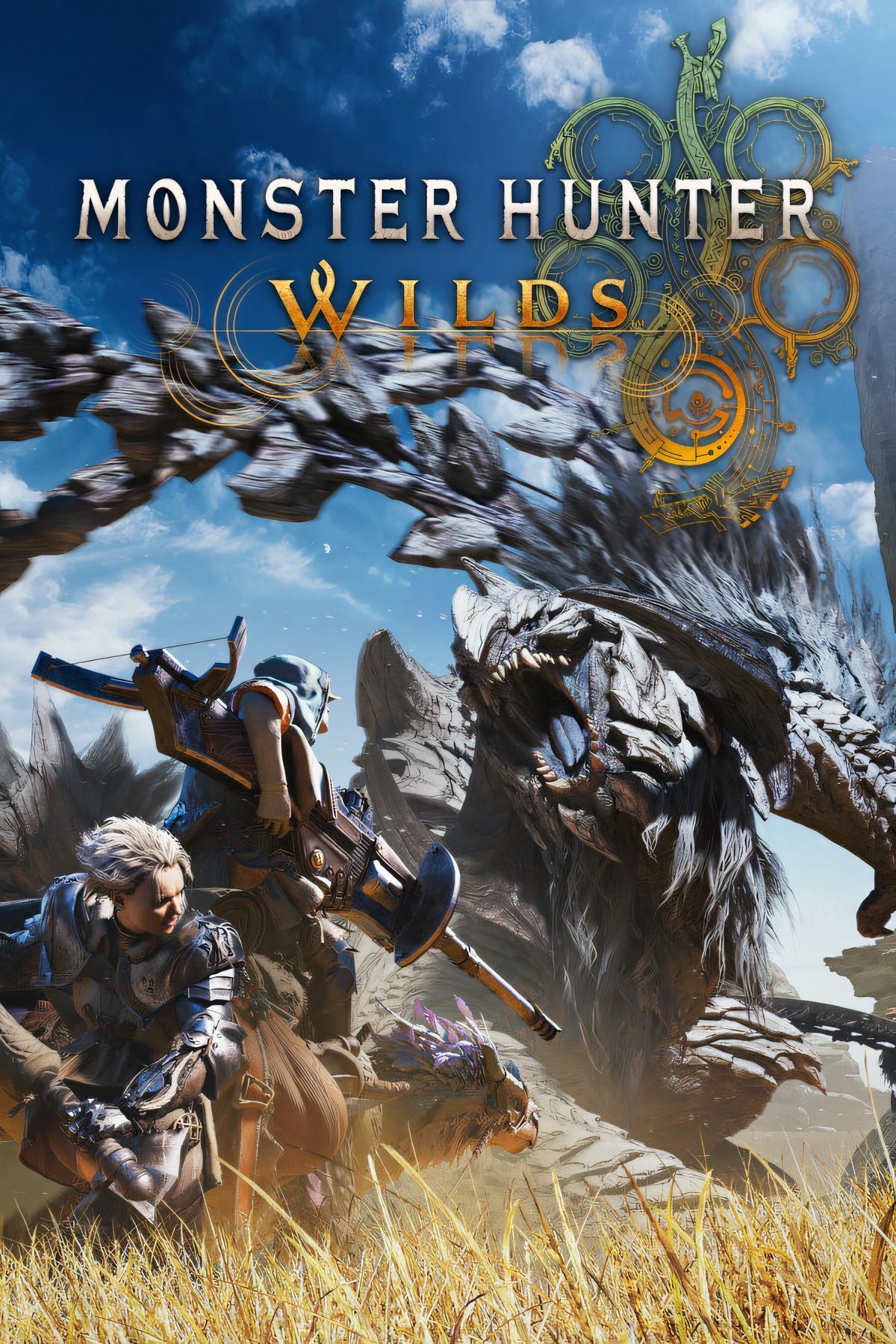

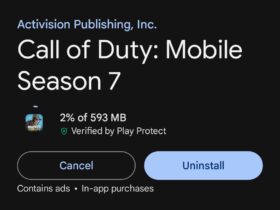


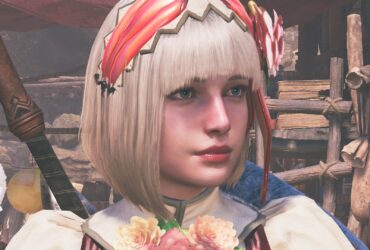
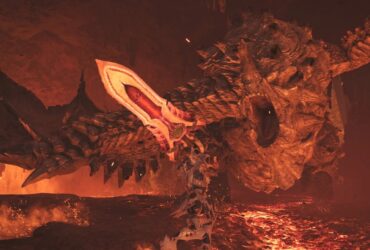



Leave a Reply